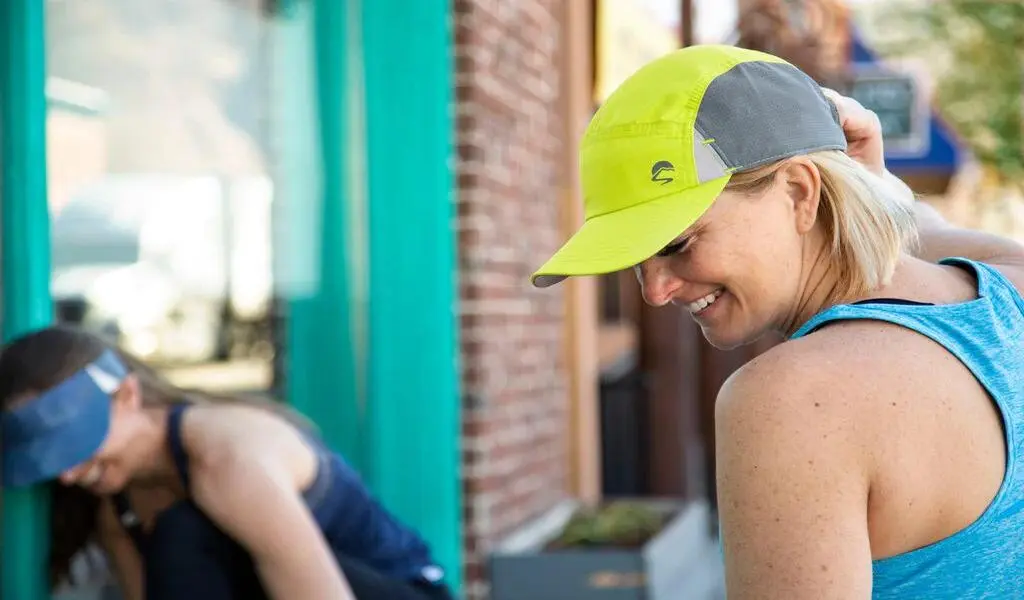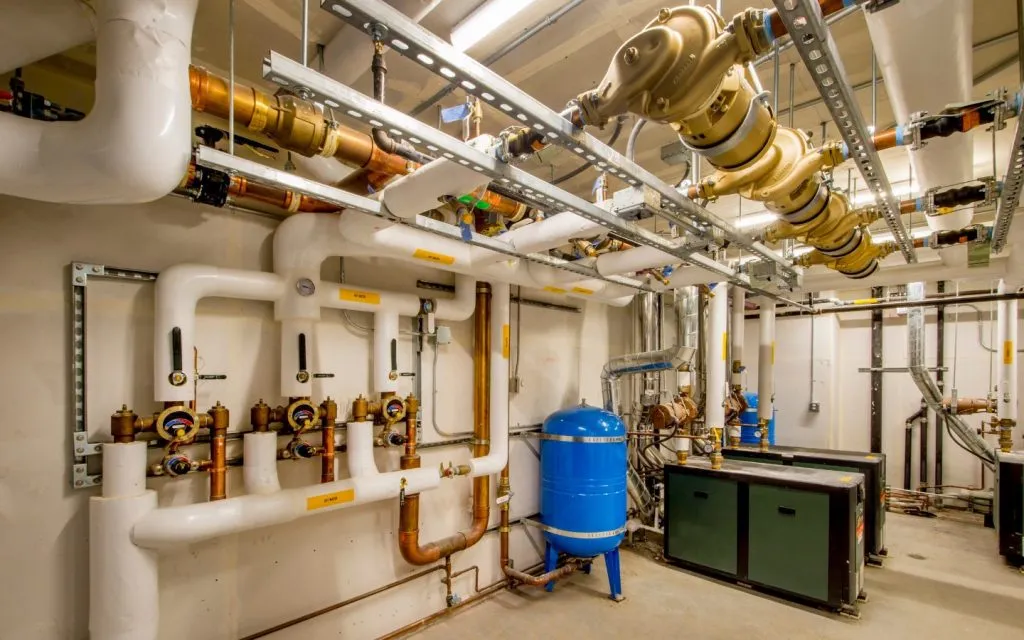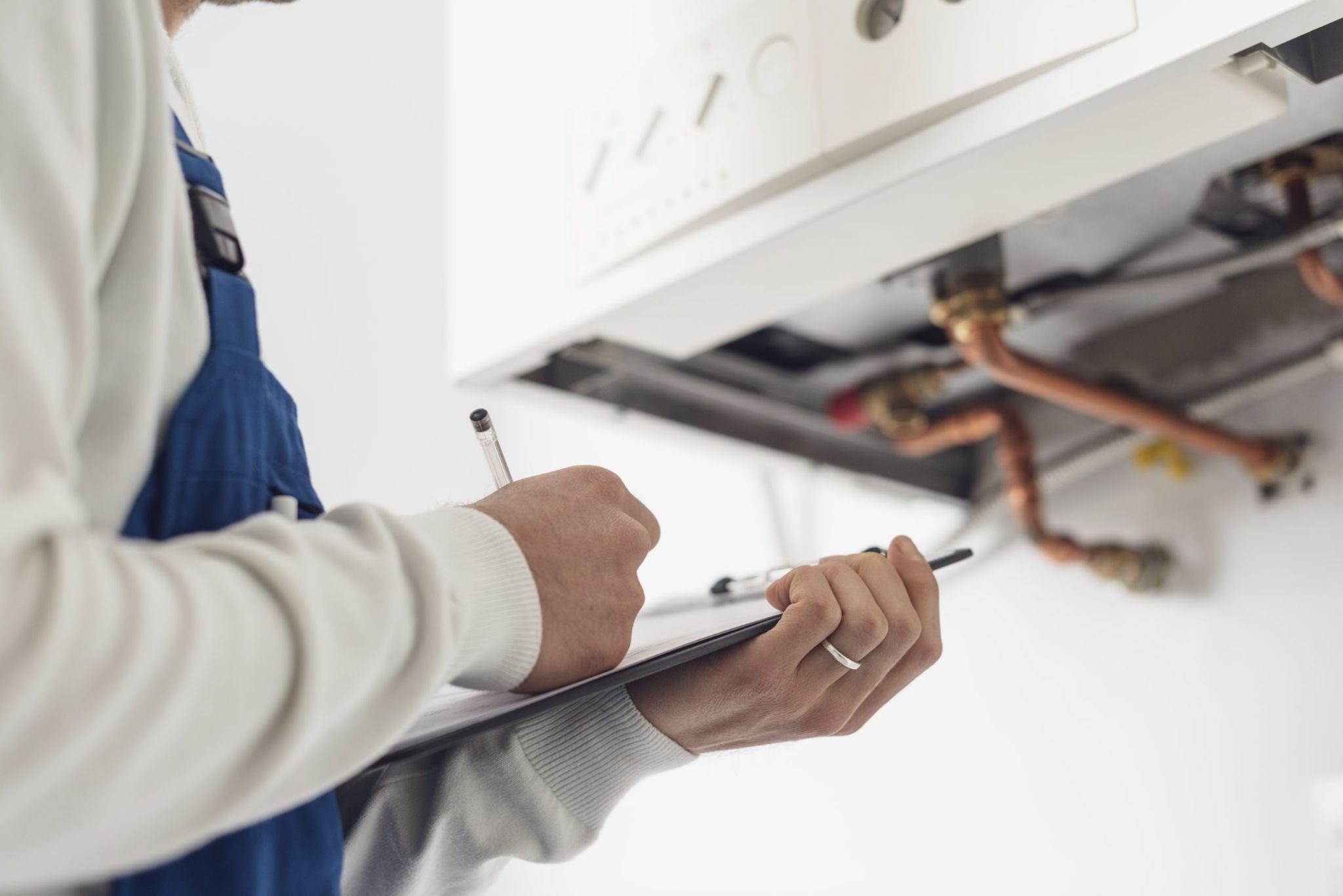Learning
Best Running Caps for Sun Protection

Discover the best picks for running caps offering superior sun protection. Learn which factors to consider when choosing a running cap for sun protection.
Best Sun Protection Caps for Runners: The Ultimate Review
Sun protection is an often overlooked aspect of outdoor running. However, it takes a single heavy blow on your head to start being more aware of its harmful influence. Runners expose themselves to ultraviolet rays and thus become vulnerable to all sorts of skin-related problems. It’s one of our responsibilities as a running store to address issues like that and provide runners with all the protection they need. In this article, we will delve into the importance of sun protection for runners and introduce some of the best sun protection caps available in the market.
The Importance of Sun Protection for Runners
Most of us relish the feeling of the sun on our faces during a good run. That is unless it starts to mess with our eyes. But there’s another catch – while we’re hitting those miles, the sun is hitting us back with squadrons of harmful UV rays. And trust me, it’s a punch you don’t want to take lightly!
According to research, runners are more susceptible to skin damage and premature aging due to increased sun exposure. Alarmingly, these UV rays are associated with skin aging and an increased risk of skin cancer. You can try to take reasonable precautions and run early in the morning or late in the evening when the sun isn’t that strong. But UV rays aren’t arriving at noon – they are always there, simply not that strong. So, even if you’re not feeling the heat, you’re still at risk. Sunburn and skin cancer are not some tales – they are real threats a jogger may run into under the Sun’s gaze.
Despite knowing all this, many of us runners still overlook sun protection. Some of us find sunblock too greasy or forget to put it on in the rush to get out and run. But we do need to be smart about our sun protection. Sunscreen is great, but it doesn’t help with covering your head and eyes. That’s where sun protection caps come into play. They’re some of the runner’s best friends, providing that much-needed shield against the sun’s harmful rays while also keeping our eyes safe from glare.
Running Caps vs. Regular Caps
The question “Why on earth should I shell out extra bucks for a running cap when my trusty old baseball cap is sitting at home?” is pretty legit. After all, any headpiece that can remain on your head throughout your run should suffice, right? Not necessarily. You need headwear that not only will protect your head but also won’t interfere with your running experience. While regular caps are perfectly fine, you might want to get a dedicated piece if you are serious about running. A running cap won’t make you run faster (or will it?), but it will certainly improve your overall experience. And here’s why.
Firstly, let’s talk about design. While any cap can technically do the job of keeping the sun off your face, running caps are specifically designed for, well, running. They’re made of breathable materials and have ventilated surfaces to allow your head to breathe. Not all regular caps can boast this feature as they are designed for regular-paced scenarios. To prevent the upper part of your head from turning into a steam bath, you should choose a breathable cap. Many running caps have mash inserts that keep the air circulating – an advantage too good to pass even for non-runners.
Now, let’s move on to the visor. The visor of a running cap is typically wider than that of a regular cap, providing even better protection from the sun. On top of that, some running caps even feature a black underside to reduce glare. So, not only are you getting more coverage, but you’re also shunning the possibility of being blinded by the sun.
Running caps are usually made to withstand the elements. Rain, wind, sunshine, you name it, these caps can take it. They aren’t too likely to survive a hurricane, of course, or any other weather cataclysm, but few things can, so there is no blaming them for it. At least they are good taking a shower. Your regular cap might start to fade or lose its shape after a few washes, but running caps are built to last.
Finally, we can’t ignore the comfort factor. The majority of running caps come with adjustable backstraps, which means there will be no settling for a cap that is just a little too tight or loose.
Factors to Consider When Choosing a Sun Protection Cap
Alright, let’s dive into the nitty-gritty of choosing the perfect sun protection cap. I’ve mentioned quite a number of things already and, honestly speaking, they should suffice. However, it’s more convenient to see all the factors in one place, so here’s the compilation of factors that need to be considered when choosing a sun protection cap for running.
1. Materials
Okay, first things first – the material. This is the real MVP when it comes to sun protection caps because a lot depends on what kind of material is used:
- Sweat-Wicking Properties: Nobody wants a sweaty head during their run. Whereas there are design elements that can contribute to that, the choice of material is equally important. Materials like polyester and nylon have excellent sweat-wicking properties, keeping your head cool and dry.
- Sun and Heat Protection: The very purpose of such caps. The material can determine how much heat gets trapped inside the cap. Mesh is a great option for sun and heat protection, as it allows air to flow freely. However, it’s important not to choose caps that don’t have too many mesh elements: caps like that provide little protection from direct sunlight.
- Weather Protection: If you’re a die-hard runner who doesn’t let a little rain stop them, consider materials like nylon that offer protection from the elements.
- UPF protection: Not quite the same as sun protection, but close to it. While a regular cap can protect you from the sun’s direct influence, it doesn’t necessarily need to be UPF-rated. Some materials offer UPF (Ultraviolet Protection Factor) protection, which blocks out harmful UV rays. Look for caps with a UPF rating of 30 or higher for the best protection.
2. Visor Form
Next up, let’s talk about visors. There aren’t too many options here, at least at the moment. A visor should be, well, present, otherwise it’s not a cap. As for the rest, here are the options:
- Short Visors: These offer less sun protection but more visibility. Great for those cloudy days when you’re more worried about spotting that pothole than getting a tan. Caps with shorter visors are also less prone to flying away when gusts of wind try to steal them from you.
- Long Visors: These provide more coverage thus bolstering sun protection properties but might limit your peripheral vision. Perfect for sunny days when you want to beat the heat.
3. Design Features
Last, but certainly not least, we have design features. These are the little extras that can boost certain characteristics or establish them in other cases:
- Backstraps: Look for caps with adjustable backstraps. Trust me, there’s nothing worse than a cap that’s either too tight or too loose.
- Side Panels and Eyelets: These allow heat to escape and air to circulate, keeping your head cool even on the hottest of runs.
These are the basics of choosing a sun protection running cap. It’s worth mentioning that there are many other worthy options for the position of your head’s protector. Trucker hats and bucket hats are good candidates as well.
Reviews of the Top Sun Protection Caps for Runners
Ciele Athletics ALZCap SC
This is a running cap that’s got it all! It’s like the Swiss Army knife of headgear. Not only does it provide excellent sun protection, but it’s also quick-drying, breathable, and packable. Yes, you read that right, packable! This means you can easily stash it in your bag or pocket when you’re not using it. And let’s not forget about its sweat-wicking properties. Say goodbye to those annoying beads of sweat trickling down your face mid-run. This cap has got you covered!
RNNR Distance Hat
The RNNR Distance offers great value for its money. It features a 5-panel construction with two breathable mesh sides. It’s pretty lightweight and offers good coverage, not to mention its focus on hot weather. The cap breathes and wicks moisture away equally well. The RNNR Distance Hat has a sweatband added to the back of the front panel. The fabric on top of the hat could be thinner and side mesh panels don’t offer decent coverage to people who don’t have natural barriers there. But it still delivers on all fronts.
Coolibar Sunbreaker Running Cap UPF 50+
This cap is a true sunbreaker indeed! With a broad 3 ¼” brim and a removable neck drape, it offers the ultimate sun protection, being rated for UPF 50+. If blocking the sun is your priority, you won’t find a better cap. But that’s not all. It also features mesh ventilation inserts to keep your head cool and dry. There is also an adjustable hook and loop fastener sizing tab at the center back of the crown. It might look too imposing in its full configuration, but if you don’t want the neck drape, you can simply remove it.
Conclusion
You only have one head, and it deserves to be protected by all means possible. A well-chosen running cap will offer many other benefits in addition to sun protection. The choice is more than abundant, so keep in mind those guidelines while you find your perfect hat.
SEE ALSO: Is Gold Still A Good Investment In 2023?: Shining Or Losing Its Luster?

Learning
First-Time Buyer’s Guide to the UK Property Market

Entering the UK property market as a first-time buyer can feel both exciting and daunting. The process is filled with potential pitfalls and complex decisions, but with the right guidance, it can be navigated smoothly. The estate agents in Yorkshire demystify the journey from the initial decision to buy a home to the moment you step over the threshold of your new property.
Understanding Your Financial Position
The first and perhaps most crucial step in the home-buying process is understanding your financial situation. This includes assessing your savings, income, and current debts. Here’s how you can prepare:
1. Deposit: Generally, you’ll need at least 5% of the property price as a deposit, though aiming for 10% or more can provide better mortgage rates.
2. Income and Expenses: Use a budget planner to assess your monthly income against your expenses. This will help you understand how much you can afford in monthly mortgage repayments.
3. Credit Score: Lenders will evaluate your credit score to determine your mortgage eligibility. So it’s important to have a good credit score, and you should work on it if required.
4. Mortgage Options: Speak to a mortgage advisor to understand different types of mortgages, such as fixed-rate, variable-rate, and help-to-buy schemes.
Getting a Mortgage Agreement in Principle
A Mortgage Agreement in Principle (AIP) is a statement from a lender indicating how much they’ll likely lend you. You will be a more attractive buyer with an AIP as it shows sellers you’re serious and financially prepared.
Deciding What You Want
Before you start viewing properties, it’s essential to know what you’re looking for. Consider the following factors:
1. Location: Proximity to work, schools, public transport, and amenities are key. Research neighbourhoods to find the best fit for your lifestyle.
2. Property Type: Decide whether you want a flat, terraced house, semi-detached, or detached property. Each has its pros and cons.
3. Must-Haves: Make a list of non-negotiables, such as the number of bedrooms, garden size, and parking facilities.
4. Future Proofing: Consider your future needs. Are you planning to start a family? Do you need space for a home office?
Starting the Property Search
With a clear idea of what you’re looking for, you can begin your property search. Here are some tips:
1. Use Online Portals: Websites like Rightmove, Zoopla, and OnTheMarket are excellent starting points. Set up alerts to get notified of new listings that meet your criteria.
2. Visit Estate Agents: Register with local estate agents who can provide insights into the market and inform you of new properties before they’re listed online.
3. Attend Viewings: Don’t rush this part. Visit several properties to get a feel for what’s available in your price range.
Making an Offer
Once you find a property you love, it’s time to make an offer. Here’s how to approach it:
1. Research: Check the selling prices of similar properties in the area to gauge a fair offer.
2. Negotiate: Don’t be afraid to negotiate. The starting point is most usually the asking price.
3. Conditions: You might include conditions in your offer, such as the inclusion of certain fixtures or a specific moving date.
The Legal Process
If your offer is accepted, the legal process begins. You’ll need a solicitor or licensed conveyancer to handle the legalities. Here’s what to expect:
1. Conveyancing: This is the legal transfer of property ownership. Your solicitor will handle this, including conducting searches, dealing with the Land Registry, and transferring the funds.
2. Surveys and Inspections: Arrange for a property survey to check for structural issues. There are different types of surveys, from basic condition reports to full structural surveys.
3. Mortgage Finalisation: Once the survey is complete and satisfactory, your mortgage can be finalised.
4. Exchange of Contracts: This is when the sale becomes legally binding. You’ll pay your deposit at this stage.
5. Completion: On the agreed completion date, the remaining money is transferred, and you receive the keys to your new home.
Moving In
Moving day can be hectic, but planning can ease the stress:
1. Hire a Removal Company: Book a reliable removal company well in advance. Discover the best deals by getting quotes from multiple companies.
2. Pack Strategically: Label your boxes by room and keep essential items accessible.
3. Notify Utilities and Change Address: Inform your utility providers of your move date and update your address with banks, the DVLA, and other important institutions.
Settling In
Get settled. Introduce yourself to the neighbours, familiarise yourself with the local area, and really start to make the place your own.
Here are a few final tips:
1. Safety Checks: Make sure that your smoke alarms and carbon monoxide detectors are working, and make sure that you know where the gas and electricity meters are located.
2. Maintenance Plan: Keep a record of the smooth functioning of your new home with a maintenance schedule, complete with regular checks and seasonal tasks.
3. Personal Touches: Add personal touches to make the space feel like home. This can be from putting up family photos or redoing the decoration in your rooms.
Conclusion
Buying your very first home in the UK is most definitely a milestone, difficult and full of challenges but rewarding in the end. Such a philosophy guides you in understanding finances and knowing what you want to achieve from detailed research, and seeking professional advice that confidently helps you navigate the property market. Yes, the journey may have its hurdles, but in the end—owning your own home—the reward will be worth the effort. Welcome to your new chapter!
SEE ALSO: Conquer the Chaos: Hacks to Clean Your Home in Half the Time
Learning
5 Health Benefits of Regular Pedicures

There’s nothing quite like a pedicure to keep your feet looking and feeling their best, but did you know that pedicures do more than simply enhance the appearance of your feet? Many people don’t realize that regular pedicures can come with a wide range of health benefits that can promote the well-being of your feet, so here are some ways that your routine pedicure keeps both your toenails and feet in the best condition possible!
Smoother Skin
One of the biggest misconceptions about pedicures is that they only cater to and look after your toenails. While you’ll definitely be leaving each session with a fresh coat of nail polish, your pedicure can also do wonders for the health of your skin. Aside from trimming and shaping your nails and cuticles, you’ll notice that your nail technician also dedicates a few steps to the skin of your feet.
After inspecting your feet and looking for any issues or imperfections that may need to be addressed, your technician will work on an exfoliating scrub to remove any dead skin cells. This step may also be aided by a foot file, which can be used to buff away any calluses and other problem areas manually.
Softer Skin
After your nail technician addresses all the problem areas of your feet and removes any unwanted dead skin cells, he or she will often massage in a moisturizing product, such as lotion, cream, or butter, to ensure that your skin is properly moisturized. These products contain skin-loving ingredients that will ensure that your feet have everything they need to look and feel their best so that you can walk out of your pedicure with a renewed sense of confidence.
Healthier Nails
After your pedicure session, your nails will not only look better due to the fresh coat of nail polish, but they’ll also be healthier and stronger. This is because your nail technician takes their time to ensure that your nails are properly looked after through steps that include deep cleaning, nail trimming, nail filing, and cuticle care. All of these things work together to prevent issues like ingrown nails from occurring, all the while improving the appearance of your nails.
Increased Blood Circulation
While the specific steps included in your pedicure will depend on the beauty salon, most pedicures will have a massage step somewhere in the mix. One of the often overlooked benefits of these massages is the increased blood circulation, which can deliver more nutrients and oxygen to your feet and nails, promoting their health and appearance. Aside from that, better blood flow means reduced tension and soreness, as well as better distributed heat throughout your body.
Reduced Infections
A significant amount of dirt and bacteria can build up on your feet without you even realizing it, but pedicures can be a great way to prevent these from happening in the first place. The exfoliation step of a pedicure removes dead skin cells as well as all the debris that may have accumulated underneath, and the deep cleaning of your toenails and cuticles also gets rid of any impurities that may have slipped beneath them, which can stop infections from happening.
These are some of the many health benefits that you can look forward to at your next pedicure appointment. However, it’s worth noting that you need to book regular sessions to truly reap all the rewards. This can be difficult, especially when you don’t feel like driving to your nearest nail salon after a long day, but the good news is that you can enjoy the salon experience in the comfort of your own home with a home pedicure service.
Learning
Commercial Boiler Installation Services London

For businesses in the bustling city of London, having a reliable heating system is crucial. Whether you’re opening a new office, expanding your current premises, or simply upgrading an outdated system, commercial boiler installation services for businesses in London are essential to ensure your operations run smoothly and efficiently. Proper installation and maintenance of commercial boilers can make a significant difference in energy efficiency, cost savings, and the overall comfort of your workspace.
The Importance of Professional Installation
When it comes to installing a commercial boiler, professional expertise is paramount. Here’s why:
- Efficiency and Performance: Professional installation ensures that your boiler operates at peak efficiency, reducing energy consumption and lowering utility bills. A well-installed boiler can effectively meet the heating demands of your business without unnecessary energy waste.
- Safety: Commercial boilers are complex systems that require precise installation to operate safely. Professional installers adhere to stringent safety standards and regulations, minimizing the risk of accidents and ensuring the safety of your employees and premises.
- Compliance with Regulations: Commercial properties are subject to various building codes and regulations. Professional installers are well-versed in these requirements and ensure that your boiler system complies with all local laws and standards.
- Longevity and Reliability: Proper installation is critical to the longevity and reliability of your boiler. A professional installation can prevent common issues such as leaks, pressure problems, and system failures, ensuring that your boiler runs smoothly for years to come.
Key Considerations for Commercial Boiler Installation
When planning for a commercial boiler installation, several factors need to be considered:
- Type of Boiler: The type of boiler you choose will depend on your business’s specific needs. Options include gas boilers, oil boilers, and electric boilers, each with its own set of advantages. Consulting with a professional can help you determine the best choice for your business.
- Sizing and Capacity: The boiler’s size and capacity must match the heating demands of your commercial space. An undersized boiler will struggle to meet your needs, while an oversized one will lead to inefficiencies and higher costs.
- Location: The placement of your boiler affects its efficiency and accessibility for maintenance. Professional installers can help you choose the optimal location for your boiler.
- Integration with Existing Systems: If you’re upgrading or replacing an existing boiler, it’s essential to ensure compatibility with your current heating system. Professional installers can seamlessly integrate the new boiler with your existing setup.
Choosing the Right Installation Service

Selecting the right installation service provider is crucial to the success of your boiler installation project. Consider the following when making your choice:
- Experience and Expertise: Look for a provider with a proven track record in commercial boiler installations. Experienced installers can handle the complexities of commercial systems and provide high-quality workmanship.
- Reputation: Check reviews and testimonials from previous clients to gauge the provider’s reliability and customer satisfaction.
- Comprehensive Services: Choose a provider that offers a full range of services, including installation, maintenance, and repair. This ensures that all your boiler needs are met by a single, trusted source.
In London, ROWLEN is a reputable name known for delivering top-notch commercial boiler installation services. Their team of experts is dedicated to providing efficient, safe, and compliant installations tailored to the unique needs of businesses.
Conclusion
Investing in professional commercial boiler installation services for businesses in London is essential for ensuring efficiency, safety, and long-term reliability. By choosing an experienced and reputable service provider like ROWLEN, you can rest assured that your heating system will be installed correctly and maintained to the highest standards. Proper installation not only enhances the performance of your boiler but also contributes to the overall comfort and productivity of your business environment.
SEE ALSO:
-

 News4 years ago
News4 years agoLet’s Know About Ultra High Net Worth Individual
-
Entertainment2 years ago
Mabelle Prior: The Voice of Hope, Resilience, and Diversity Inspiring Generations
-
News11 years ago
Enviromental Groups Tell Mekong Leaders Lao Dam Evaluation Process Flawed
-

 Health4 years ago
Health4 years agoHow Much Ivermectin Should You Take?
-

 Tech3 years ago
Tech3 years agoTop Forex Brokers of 2023: Reviews and Analysis for Successful Trading
-

 Lifestyles3 years ago
Lifestyles3 years agoAries Soulmate Signs
-

 Entertainment3 years ago
Entertainment3 years agoWhat Should I Do If Disney Plus Keeps Logging Me Out of TV?
-

 Health3 years ago
Health3 years agoCan I Buy Ivermectin Without A Prescription in the USA?